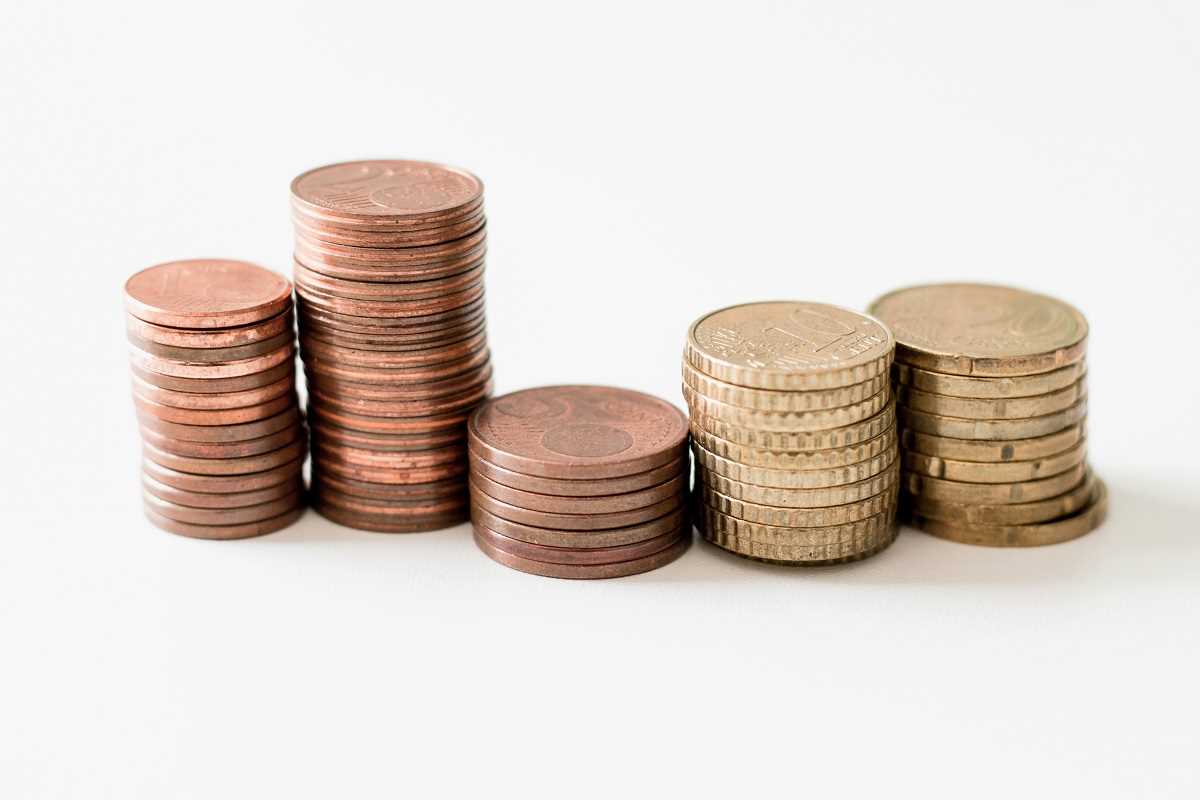Building an emergency savings fund is one of the most critical steps in achieving financial stability. An emergency fund acts as a safety net, providing financial security when unexpected expenses arise, such as medical emergencies, car repairs, or job loss. Here’s a comprehensive guide on how to build an emergency savings fund that suits your financial needs and goals.
1. Understand the Importance of an Emergency Fund
Before diving into how to create an emergency fund, it’s essential to understand why it’s necessary. Here are some key reasons:
- Financial Security: An emergency fund helps protect you from financial distress during unexpected situations. It ensures you won’t have to rely on credit cards or loans to cover emergencies.
- Stress Reduction: Knowing you have a financial cushion can alleviate stress and provide peace of mind, allowing you to focus on other aspects of your life.
- Avoiding Debt: With an emergency fund, you’re less likely to accrue debt from unexpected expenses, helping you maintain a healthy credit score and financial standing.
2. Determine Your Savings Goal
The first step in building an emergency fund is to establish a savings goal. While the exact amount can vary based on individual circumstances, here are some general guidelines to consider:
- Three to Six Months’ Expenses: Many financial experts recommend saving enough to cover three to six months’ worth of living expenses. This includes rent or mortgage payments, utilities, groceries, insurance, and other necessary costs.
- Assess Your Personal Needs: Consider your job stability, health conditions, and dependents when determining your savings goal. If you work in a volatile industry or have a family to support, leaning toward a more significant cushion may be wise.
3. Create a Budget
Creating a budget is crucial for managing your finances and allocating funds for your emergency savings. Here’s how to establish a budget:
- Track Income and Expenses: Start by tracking your income and expenses for a month. This will help you understand where your money goes and identify areas where you can cut back.
- Categorize Expenses: Divide your expenses into fixed (rent, utilities) and variable (groceries, entertainment) categories. This breakdown will help you see which expenses are necessary and which can be reduced.
- Set Savings Targets: Determine how much you can realistically allocate toward your emergency fund each month based on your budget. Make saving a priority by treating it like any other expense.
4. Open a Dedicated Savings Account
To build your emergency fund effectively, consider opening a dedicated savings account. Here’s why:
- Accessibility: Ensure that your emergency fund is easily accessible in case you need to withdraw funds quickly. A high-yield savings account or money market account can provide easy access while still earning interest.
- Separation from Regular Funds: Keeping your emergency fund separate from your regular checking or savings accounts will reduce the temptation to dip into it for non-emergencies.
- Higher Interest Rates: Look for accounts that offer higher interest rates, which can help your savings grow over time. Many online banks provide competitive rates compared to traditional banks.
5. Automate Your Savings
Automating your savings can simplify the process and help you reach your goal faster. Here are some strategies for automation:
- Set Up Automatic Transfers: Arrange for a portion of your paycheck to be automatically transferred to your emergency savings account each month. Treating this transfer as a non-negotiable expense will make saving easier.
- Use Savings Apps: Consider using apps that round up your purchases to the nearest dollar and automatically transfer the spare change into your savings account. This “set it and forget it” approach can help you save without feeling the pinch.
- Employer Contributions: Some employers offer programs that allow you to set aside a portion of your paycheck directly into a savings account. Check if your employer provides this option.
6. Cut Back on Non-Essential Spending
To expedite the growth of your emergency fund, consider reducing non-essential spending. Here are some ways to cut back:
- Identify Discretionary Expenses: Review your budget and identify discretionary expenses you can cut, such as dining out, subscriptions, or luxury items.
- Create a Spending Plan: Allocate a specific amount for discretionary spending each month and stick to it. This can help you enjoy your money while still prioritizing your savings.
- Seek Alternatives: Find lower-cost alternatives for your regular expenses. For example, consider cooking at home instead of dining out, or utilizing public transportation instead of driving.
7. Find Ways to Increase Your Income
Increasing your income can also accelerate your emergency fund growth. Here are some ideas to consider:
- Side Gigs: Look for part-time or freelance opportunities that align with your skills or interests. Websites like Upwork, Fiverr, or TaskRabbit can connect you with freelance jobs.
- Sell Unused Items: Declutter your home and sell items you no longer need through online marketplaces or garage sales. Use the proceeds to boost your emergency fund.
- Negotiate Salary: If you’re due for a raise or have recently taken on additional responsibilities, don’t hesitate to negotiate your salary with your employer.
8. Monitor Your Progress
Regularly monitoring your progress can help you stay motivated and make adjustments as needed. Here’s how:
- Set Milestones: Break your savings goal into smaller, achievable milestones. Celebrate when you reach each milestone, which can boost your motivation.
- Review Monthly: Check your savings account monthly to track your progress. Adjust your budget and savings contributions if necessary to stay on target.
- Adjust Goals: If your financial situation changes, don’t hesitate to adjust your savings goals accordingly. Life events, such as a job change or a move, may require a reevaluation of your goals.
9. Use Your Emergency Fund Wisely
Once you’ve built your emergency fund, it’s important to use it wisely. Here are some tips:
- Only Use for Emergencies: Stick to using your emergency fund for genuine emergencies, such as unexpected medical expenses, car repairs, or job loss. Avoid using it for planned expenses or non-urgent purchases.
- Replenish After Use: If you have to dip into your emergency fund, make a plan to replenish it as soon as possible. Adjust your budget to allocate extra funds toward your emergency savings until you’ve restored the original amount.
10. Reevaluate Your Fund Periodically
Your financial situation can change, so it’s essential to reevaluate your emergency fund periodically. Consider these points:
- Life Changes: Major life changes, such as having children, buying a home, or changing jobs, may warrant an increase in your emergency savings goal.
- Economic Factors: Stay informed about economic conditions that may affect your job security and financial needs. Adjust your savings goal accordingly based on your circumstances.
- Annual Review: At least once a year, review your emergency fund and overall financial situation. Ensure that your fund remains adequate for your needs and make adjustments as necessary.
Building an emergency savings fund is a crucial step in achieving financial security and peace of mind. By understanding the importance of an emergency fund, determining your savings goals, creating a budget, automating your savings, cutting back on non-essential spending, and monitoring your progress, you can develop a robust emergency fund that protects you during life’s unexpected challenges. Stay committed to your goal, and you’ll find that having a financial safety net allows you to live your life with greater confidence and freedom.



.jpg)



